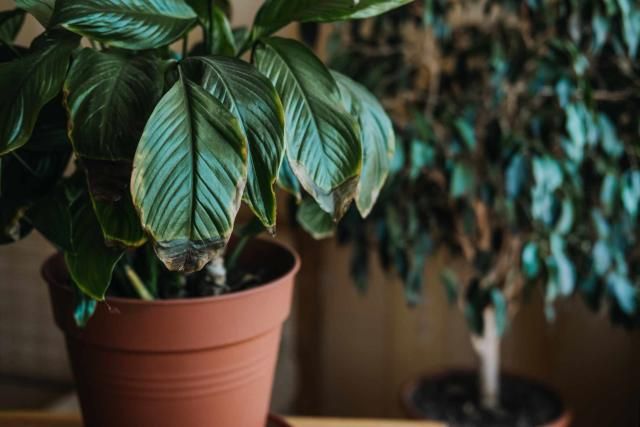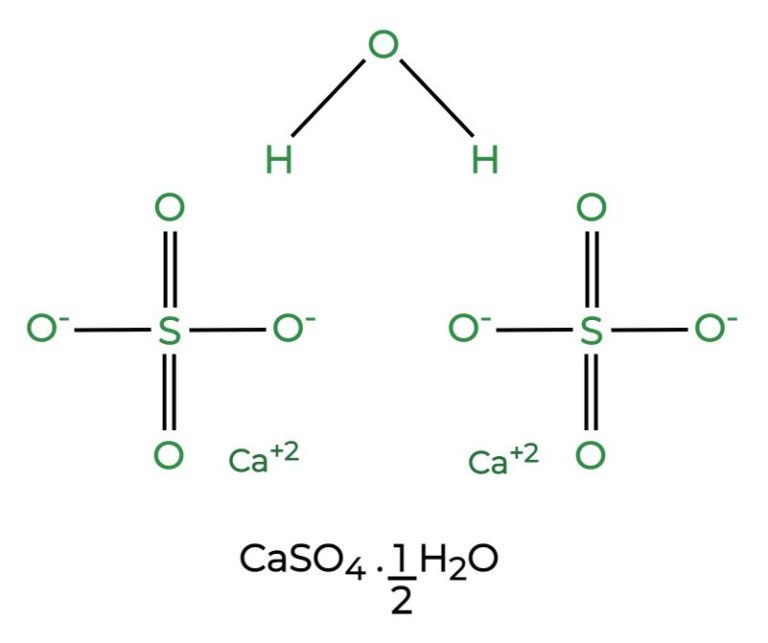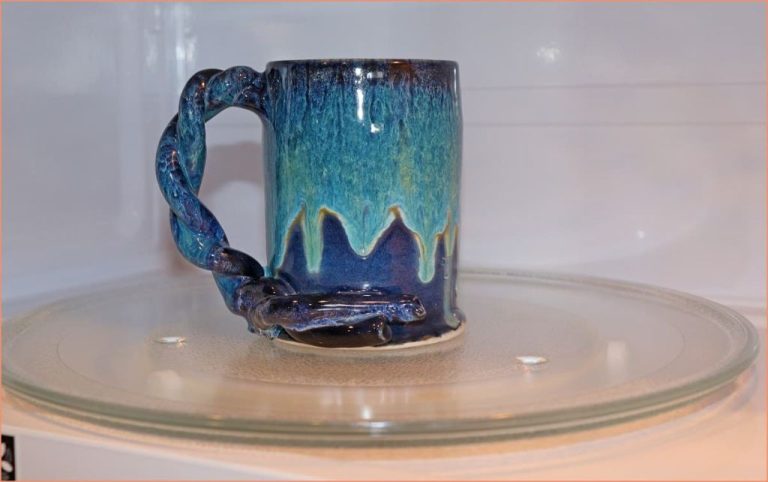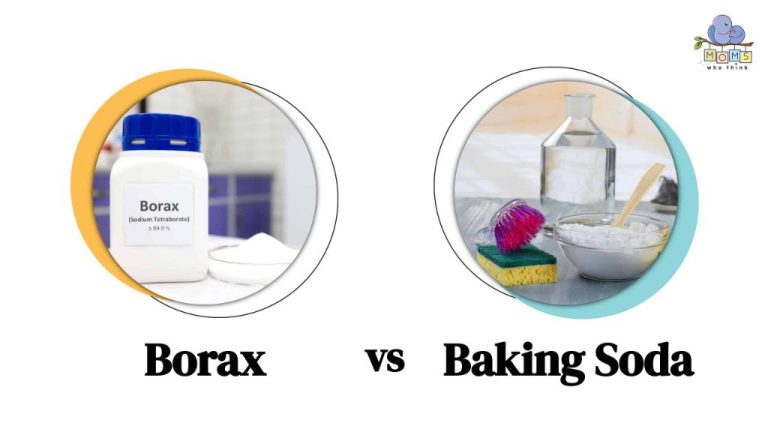What Happens If You Don’T Soak Terracotta Pots?
Soaking terracotta pots before use is a common recommendation for gardeners and houseplant owners. Terracotta is naturally porous and absorbs water. If the pot absorbs water too quickly from the soil, it can create problems like drying out the roots or slowing plant growth. Soaking allows the pot to become fully hydrated first so it doesn’t steal moisture from the soil. If you fail to soak a new terracotta pot before use, it may wick moisture from the soil more rapidly than the plant’s roots can absorb. This can lead to issues like poor plant growth, cracking pots, or potentially root burn.
Purpose of Soaking
Soaking new terracotta pots serves a couple important purposes. First, it helps remove any dust or debris that may have gotten into the pores of the clay during manufacturing and shipping (Source). Terracotta is a porous material, so small particles can easily become lodged in the surface. A good soak helps dislodge them.
Additionally, soaking starts the initial hydration process of the clay itself (Source). Dry terracotta readily absorbs moisture from the environment and soil. Pre-soaking saturates the pores with water before potting so the plant’s roots don’t have to work as hard to draw moisture from the soil.
Problems with Not Soaking
One of the main issues with not soaking new terracotta pots before use is that the dry clay can initially absorb moisture from the soil and plant roots, causing the soil to dry out faster than normal. This can lead to underwatering issues, even when watering on a regular schedule (1). The thirsty dry clay can potentially suck too much moisture from the soil before the roots can absorb it, risking drought stress and underwatering damage.
Additionally, salts, minerals, and clays used to create the terracotta can initially leach out and build up in the soil over time. This can create a more alkaline soil environment and potentially burn sensitive plant roots (2). Soaking helps to flush out some of these excess salts and minerals before use. While not an issue for all plants, the risk of initial root sensitivity and burn is higher when not pre-soaking pots.
Cracking and Crazing
Terracotta is a porous material that absorbs water. When terracotta pots are not soaked before using, the pot can crack or craze when the plant’s roots first take up water. The rapid change in moisture causes stress on the clay material.
According to this source, soaking helps relieve the internal stresses in terracotta and prevents cracking and crazing when you first water an unsoaked pot. Crazing refers to the fine cracks or crazed pattern that develops on the surface of terracotta pots if they are allowed to dry out too quickly after watering.
Slow Hydration
One of the biggest problems with planting in an unsoaked terracotta pot is that it can take a very long time for the pot to become fully hydrated. Dry terracotta is porous and will absorb moisture from the soil (Source). This robs the roots of vital water and nutrients in that first critical period after transplanting. It can take weeks or even months for an unsoaked terracotta pot to become fully hydrated and stop competing with the plant for moisture.
Terracotta is designed to allow evaporation through the pot walls. So in a dry pot, the water you add to the soil will be quickly sucked to the exterior of the pot where it evaporates, leaving the roots thirsty. Pre-soaking the pot allows the terracotta to become saturated so it doesn’t compete with the plant for that initial watering (Source). This allows the roots to get fully hydrated much faster when you first transplant.
Root Burn
One issue that can occur from not soaking new terracotta pots before use is root burn. Salts and minerals found in the clay can build up in the soil and damage delicate new roots if the pots are not pre-soaked. According to Paisley and Sparrow, the clay contains salts that “can burn roots and stunt growth” if left on the pots. The salts pull moisture from the roots, resulting in root burn.

Root burn appears as brown, shriveled, or dead root tips and can stunt plant growth and lead to symptoms of drought stress even when the plant is being watered sufficiently. Sensitive plants like seedlings, herbs, vegetables, and houseplants are especially vulnerable. Soaking new terracotta pots thoroughly before use can help leach out these drying salts and prevent root damage.
Lower Germination Rates
One of the main reasons for soaking terracotta pots is to ensure consistent moisture for seeds and cuttings. When starting plants from seed, it’s crucial to maintain a steady level of moisture in order for the seeds to germinate. Dry terracotta pots will leech moisture from the soil, causing it to dry out faster. This can lead to lower germination rates since seeds may not receive the hydration they require to sprout.
According to Sally Zim’s article on sprouting seeds using unglazed clay pots, “Soak clay pot in fresh, cold, potable water for 15-30 minutes so it can absorb water. Pour out water. Or place clay pot in shallow water until air bubbles stop forming on surface.”
This ensures the pot has absorbed enough moisture to provide hydration for the seeds to germinate. Similarly for cuttings, consistent moisture helps them develop roots to establish the new plant. Not soaking terracotta pots can make it difficult to maintain the right amount of moisture.
When Soaking May Not Be Needed
While soaking terracotta pots before use is generally recommended, there are some cases where it may not be necessary:
If you are potting up plants that already have established root systems, the roots will likely be robust enough to handle the initial dryness of an unsoaked pot. The moisture in the existing root ball can help hydrating the pot from the inside out. However, it’s still advised to water these repotted plants immediately after planting and monitor soil moisture closely in the first weeks until the roots adjust.
Using highly moisture-retentive soil mixes with materials like coco coir, peat moss, compost, etc. can also help mitigate the need for presoaking. These ingredients retain water and provide a buffer against moisture loss. With an appropriate soil, the evaporation rate may not outpace the absorption rate of the terra cotta initially. Nonetheless, it doesn’t hurt to soak the pots if time allows.
Sources:
[1] https://www.apartmenttherapy.com/soaking-terracotta-pots-36653081
How to Soak Pots
Soaking terracotta pots is a straightforward process. Simply fill a container with room temperature water and fully submerge the pots. Allow the pots to soak for a minimum of 15-30 minutes, but they can soak for up to 24 hours if needed. The longer they soak, the better hydrated the clay will become.
Some tips for proper soaking:
- Use room temperature water, as cold water may shock and crack the clay.
- Ensure pots are fully submerged with no dry spots exposed to air.
- Weigh pots down with a plate or other object to keep them immersed.
- Change the water as it becomes saturated with minerals leached from the clay.
Once soaked, allow excess water to drain fully before using pots for planting. The clay is now hydrated and ready for a thriving plant.
Conclusion
In summary, properly soaking terracotta pots before first use is an important step that should not be skipped. Soaking helps remove mineral buildup from the manufacturing process and allows the porous clay to fully saturate with water. Doing this prevents several common problems including cracking, crazing, slow plant hydration, root burn, and lower germination rates when starting seeds.
While soaking may not be strictly necessary for all applications, it’s a simple process that takes little time and effort. For most uses of terracotta pots, it’s worth taking the extra step to soak them first and avoid potential issues. Before planting your next terracotta container, be sure to fully submerge the pot in water for at least 30 minutes to get the hydration and cleaning benefits of soaking.
By properly preparing pots in this way, you can look forward to successfully growing healthy, thriving plants in terracotta containers for years to come.




